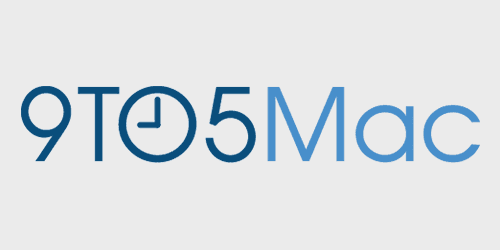Is Siri a success for Apple? [Poll]

Oh, Siri. Apple’s little voice-activated personal assistant in iOS can handle questions, give recommendations, and delegate requests, but does it really live up to expectations?
The folks in Cupertino like to roll out advertisements that show Siri capable of compiling individual preferences with personalized results, and even completing basic tasks like finding a nearby restaurant, but the software met very mixed reactions after it Beta-débuted on the iPhone 4S in October. Those who felt misled by Siri’s functionality depicted in commercials eventually sought reimbursement by filing a class action lawsuit against Apple earlier this year.
Fortune’s Adam Lashinsky wrote about how chief executive Tim Cook is changing Apple in an interesting piece this morning, but he also touched upon the contention surrounding Siri. He noted Apple’s future relies on the quality of its products, which holds true for any company, but then he pointed to the iOS-maker’s knowledge navigator:
“Those looking for deficiencies have found them in Siri, a less-than-perfect product that Apple released with the rare beta label in late 2011, a signal that the service shouldn’t be viewed as fully baked. Siri’s response time has been slow, meaning the servers and software powering it are inadequate. ‘People are embarrassed by Siri,’ says one former insider. ‘Steve would have lost his mind over Siri.'”
It is interesting that an unnamed insider claimed Jobs would “lose his mind” over Siri, especially because it is well-known the late CEO worked with former Siri founder and subsequent Apple Engineering Director Dag Kittlaus on the project. Kittlaus admitted last March at Network World that Jobs felt they “cracked it” in regards to Siri, which alludes to the chief’s satisfaction with the voice assistant and contrasts with the insider’s opinion.
The poll is after the break.
